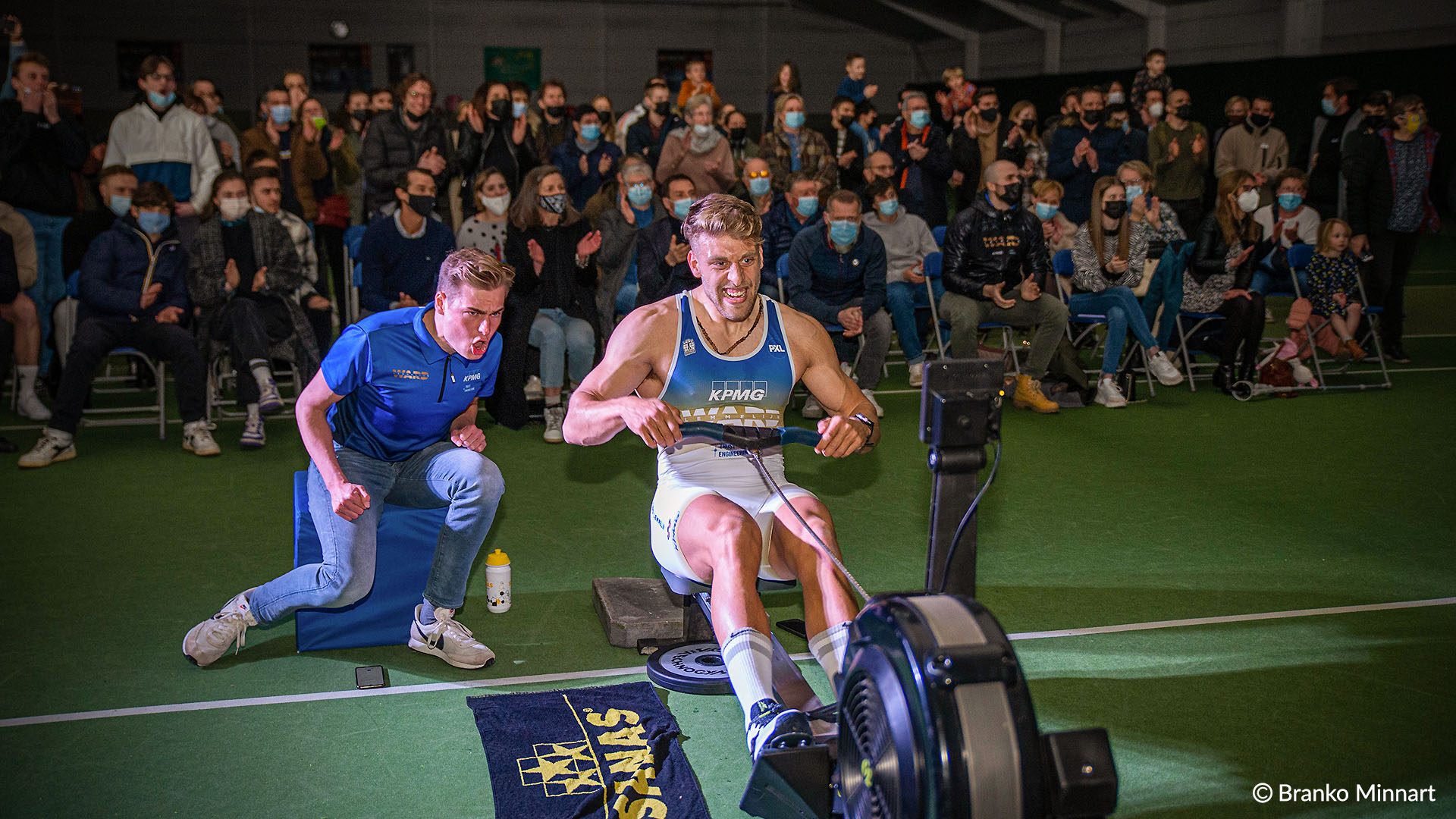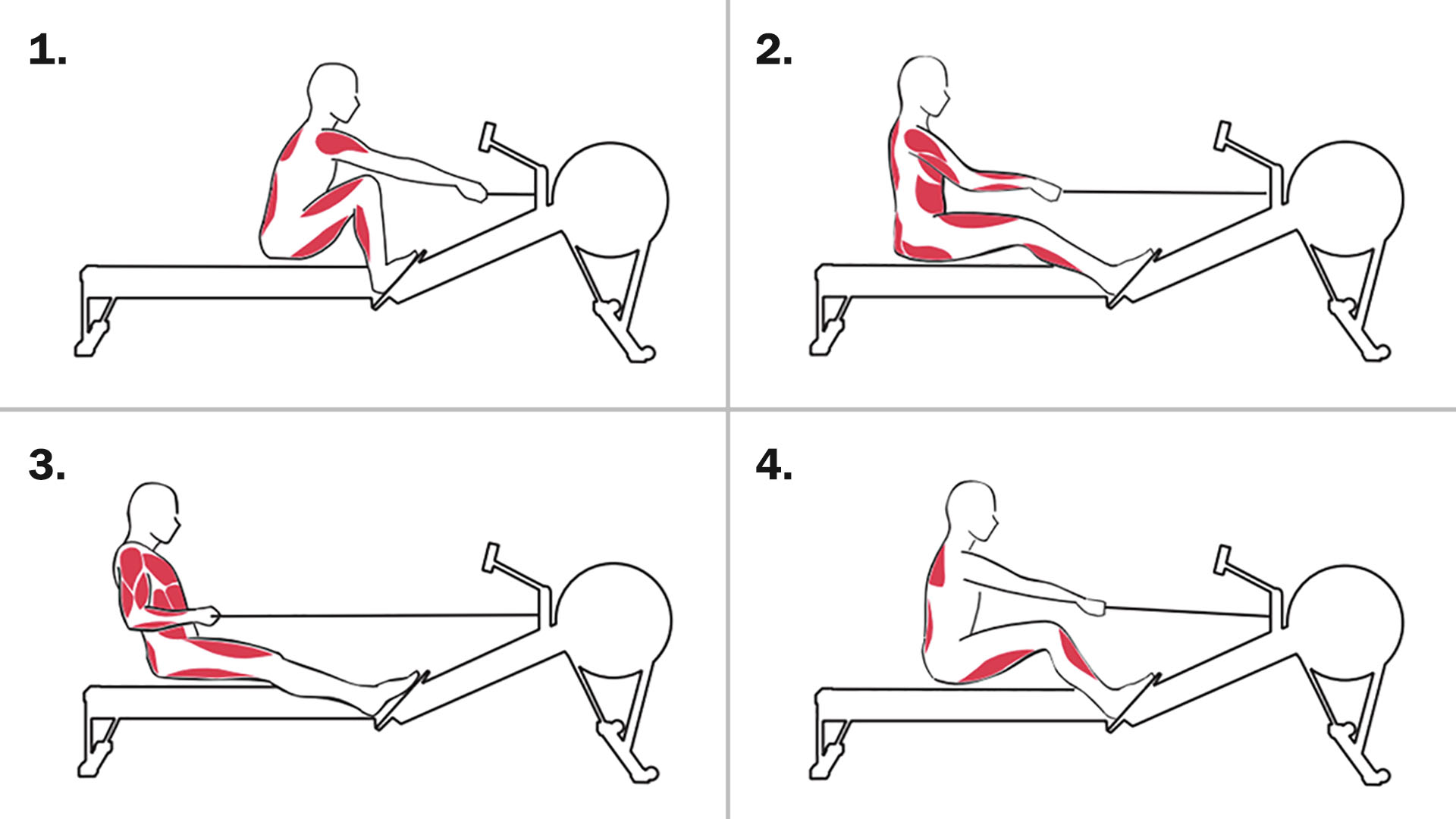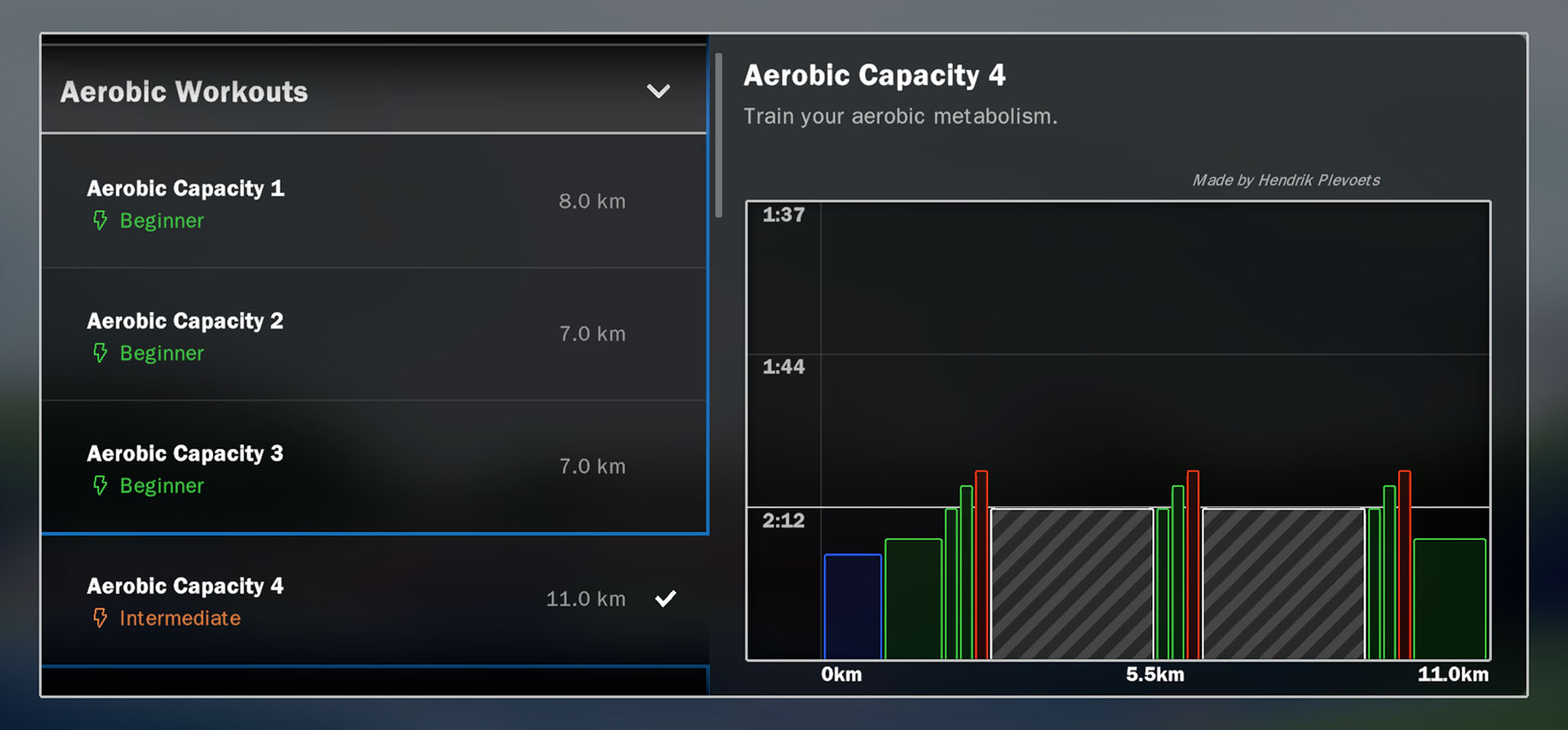5+1 tips to improve your indoor rowing technique & enjoy a power boost

read
Hendrik Plevoets is a young Belgian rowing coach. With his expertise he led world indoor rowing champion Ward Lemmelijn to success. Hendrik is currently focussing on preparing Ward for the 2024 Olympic games in Paris.
“Whenever I meet new people and mention that I’m a rowing coach, they always ask me the same question: “Could you please give me a few pointers on my rowing technique? I’m pretty sure that I’m doing something wrong”. Most of these people are beginners, row to stay fit and learned their techniques from online guides and tutorials. In my view, such guides are helpful to get to know the basics, but a few extra tricks work like a secret weapon to success. So here are my 5 tips that will improve your indoor rowing technique and make you a stronger rower. Oh, and just as any good rowing coach would do, I give you advice on how to apply the tips and practise them with EXR.
1. Practise and review your movements in the 4 phases of rowing
In layman’s terms, your movements on the rowing machine can be described by using your legs, back, arms and then doing it in reverse order. Sounds simple, but there’s actually a lot more to it. Everyone who works out with a rowing machine should know the 4 phases of a row stroke sequence.
The 4 phases of your row stroke sequence are called catch, drive, finish and recovery. It’s important to remember all movements and put them together into fluid motions. This way, you get the most from every stroke and eventually, you’ll row faster and harder.

- Catch
Start by straightening your arms. Your shoulders are evenly at the same height and in front of your hips. Your upper body is leaning forward and your shins are at an 80-90° angle with the floor. - Drive
The drive is the phase where you turn on the erg’s flywheel. Use your legs to push your body back. Keep your spine straight and make sure that you tense your lower back muscles. Keep your arms straight until your legs are stretched. - Finish
In this phase, lean back and pull the handle to your middle. Depending on your style, the position of the handle may vary between your belly button and your chest.
Ward uses a special indoor rowing technique because he pulls the handle to his neck. The advantage of this technique is that he gets to pull the chain a bit further by using only a bit of extra energy. You need some practice to use this technique effectively, but you can definitively test it during your next workout. - Recovery
The most important thing during the recovery is: ‘don’t climb mountains, a flat road is faster’! So take it easy. At the gym, you see a lot of people bending their legs and simultaneously extending their arms — don’t do this! Instead, keep your legs straight and bend them only when the handle is past your knees. Keep it easy during the recovery and get ready for the next stroke!
Especially newbies to indoor rowing should concentrate on executing the motions of all of these phases cleanly. Once you move at ease, you can speed it up. Perfecting these movements really makes you go from zero to hero because you get to feel and see the benefits of indoor rowing: you row better and get stronger.
More experienced rowers should check on their movements from time to time, too. In my experience, you easily tend to get sloppy, especially when fatigue sets in during longer sessions. This makes your power transfer less efficient and increases the risk of injury. For example, a bad posture may lead to lower back injuries and carpal tunnel syndrome which we absolutely want to avoid. My tip is to stay sharp and check in on your technique regularly!
2. Tighten your core
When I go to the gym, I often see people sitting on the rowing machine, only using their arms and legs. They basically ignore one main element of indoor rowing which is engaging your core and leaning back! And isn’t one advantage of working out on your RowErg that it trains your whole body? It’s important to use your core muscles and always keep enough tension in your torso.
A tightened core will also lead to a better posture because it makes you straighten your spine. If you’re hunching your back, you might be a tiny bit more aerodynamic, but that’s for cyclists, not for rowers.
A good test to check on your torso tension is rowing with loose feet. Just put your feet on the footrests without using the straps and start rowing. Try it! If you fall backward, you’ve got too little torso tension and will need to work on that.
3. Hold the handle correctly
The right posture and correct indoor rowing technique help you preserve energy and give your movements a power boost at the same time. You might think that your arms do most of the work, but it’s your legs that produce the most power. So don’t waste your energy squeezing the handle too tightly. Try to relax your hands because the handle won’t slip away easily. Just hold the handle loosely with your fingers and row with flat wrists. If your wrists are more or less parallel to your handle, your elbows will automatically be in the right position and you won’t look like a chicken on the RowErg.
4. Know when to take a breath
Like in every kind of sport, the right breathing technique is key to top performance. To explain this, it’s time for a quick sports science lesson about oxygen and why it’s so important to breathe consciously.
If you’re exercising, your body needs more oxygen than during rest periods. However, if you breathe in too much, your body goes into alkalosis, which basically means that there’s an excess of bases in your body fluids. The opposite, so not breathing enough, is also bad because you then start suffering from acidosis which is too much acid in your body. As a result of either of these states, you feel dizzy and your performance goes downhill.
So how do you know how much breathing is too much or too little? Just listen to your body! It’ll alert you whenever you’re getting too much or too little oxygen. Especially untrained rowers tend to ignore the signals and have difficulties when rowing a 2k, for example. So always pay attention to what your body tells you.
As for the right moments to breathe, you need to practise a bit. When training on your indoor rowing machine, breathe out during the drive and breathe in during the recovery. If you train this at a lower stroke rate, you’ll automatically breathe right during a rowing competition or a 2k test.
I’ve designed EXR’s aerobic capacity workouts just for this kind of exercise. So give these pre-made workouts a go and check if you’re breathing consciously and at the right moments.

5. Train supporting muscle groups
In general, rowing is a full-body sport that mainly engages your legs but also your shoulders and arms. It seems logical to focus on strengthening these muscle groups if you want to improve your performance on the rowing machine. However, balance is important when it comes to an active lifestyle, so work on your supporting muscle groups as well! One big tip I want to give you is to work on stabilizing your body by training your back. Never forget to train your lower back muscles! As mentioned earlier, they’re integral to the drive and the finish.
At the gym, regularly train your lower back on the seated rower and really feel the burn. Also doing other sports like swimming helps you keep a balance. A nice side-effect of training your back muscles is that it helps against lower back pain which you easily get when sitting at your desk all day at your office job. If you don’t balance your workout and forget to train your lower back muscles for a few years, you might start to walk just like a monkey.
5+1. Enjoy the feeling
These 5 tips help you improve your indoor rowing technique and give you that power boost you need to beat your personal best. Want one extra tip? Just enjoy your indoor rowing workout! Because nothing beats the satisfaction of feeling your muscles burn, experiencing the energy boost that makes you exceed your limits and being proud of yourself.
Want to know more about my work as a coach? Follow me on Instagram!
